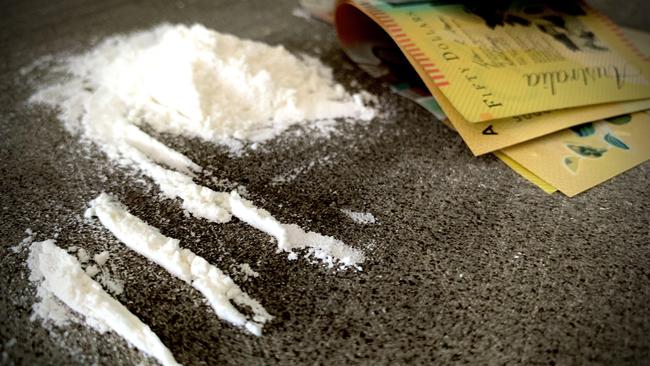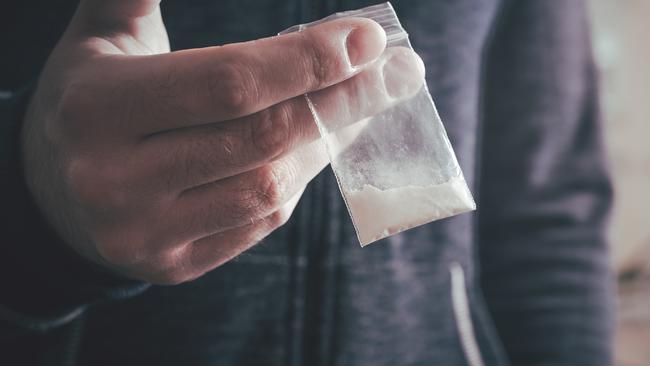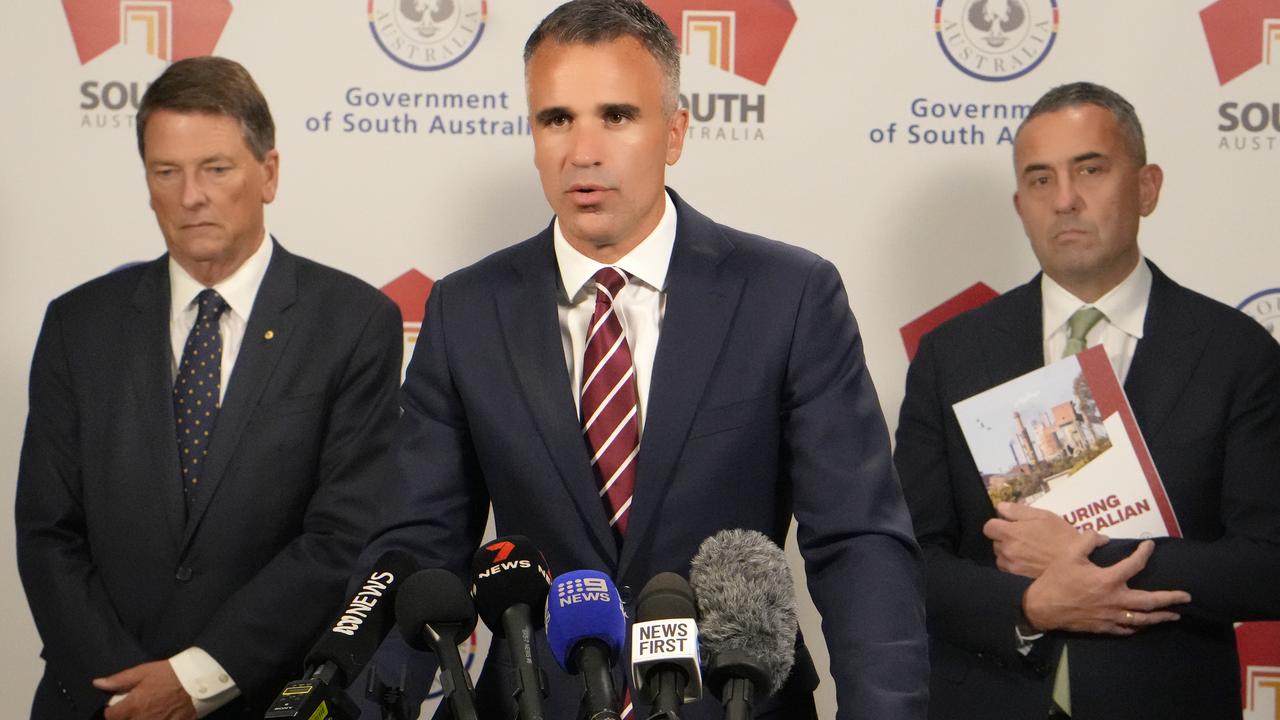Adelaide wastewater reveals methamphetamine, cocaine use on the rise
Expensive cocaine is being consumed across Adelaide at record levels, latest analysis shows, as methamphetamine use returns to heights not seen since 2019.

SA News
Don't miss out on the headlines from SA News. Followed categories will be added to My News.
Cocaine is consumed across Adelaide at record levels, latest analysis shows, as methamphetamine use returns to heights not seen since 2019.
The Drug and Alcohol Services South Australia report analyses Adelaide wastewater sampled over a week every two months from metropolitan treatment plants.
It tests for stimulants including cocaine, MDMA and methamphetamine, opioids including morphine, codeine, methadone, oxycodone, fentanyl and heroin, cannabis, nicotine and alcohol.
Average consumption is determined by measuring a standard drink or dose per week per 1000 people.

The latest report, which tested samples in February, found that cocaine use remained high in that month, on the back of peak consumption throughout 2023 which the report noted was the highest since reporting began.
December recorded the highest levels of cocaine consumption.
The report also found methamphetamine had the highest consumption level, returning to 2019 levels over the past two years.
Results spiked in 2017 based on the average consumption formula of doses per week per 1000 people.
Methamphetamine use increased slightly on weekends, according to the report.

The report found the average consumption of MDMA peaked in 2020, but from 2021 decreased to the lowest levels since sampling began.
Test results for cannabis in 2023 were the lowest since 2020, with analysis data revealing August 2023 was the highest consumption rate since 2012.
Similarly to results for nicotine, cannabis levels were “constant over the week”.
Other drugs such as MDMA, methamphetamine and cocaine were more commonly consumed on weekends, according to the sampling results.
Wastewater was also analysed for opioids, described as a “class of drugs that are used for pain relief (e.g. codeine, morphine) or for the treatment of opioid dependence”.

However, the report noted “the analysis of opioids, except for heroin, cannot differentiate illicit from licit use”.
“Morphine, methadone, oxycodone and fentanyl can be used legally on prescription or may be sourced illegally,” the report said.
“Codeine and methadone consumption levels decreased over the sampling period, with a small decrease and a small increase, respectively, in February 2024.
“Morphine consumption levels increased in February 2024.
“Average consumption levels of pharmaceutical opioids in 2023 were the lowest since reporting began for all but fentanyl, where levels were slightly higher than in 2022 but still lower than previous years.
“Consumption levels of pharmaceutical opioids are constant over the week.
“Heroin consumption levels have decreased since 2013 and remain low.”
The DASSA report is used to determine the prevalence of drug use in South Australia and identifies patterns of consumption.
It does not identify “characteristics of people who use drugs”, what areas of metropolitan Adelaide they live in, or the form and way drugs were taken.





